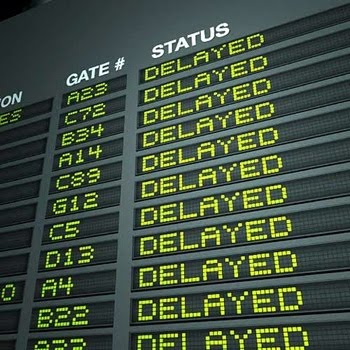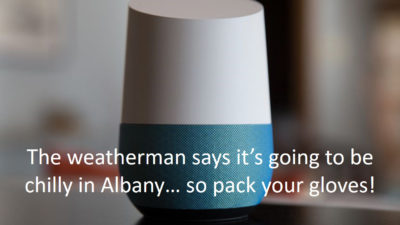It’s been a while since I’ve done a Travel Thursday post, but with the holiday break fast approaching, I thought it might be a good time to jump back in. This week: why is the airline industry so hated, and what can airlines realistically do about it?
Flying is unfortunately not usually a pleasant experience, and some of that blame does fall on the airlines. Back in the golden age of flying (pre-deregulation), the government set ticket prices and amenities were plentiful. Spacious comfy seats, tasty food, exceptional service – all of these went away once airlines had to compete with each other on price and started reducing costs to compensate. Today, you’re lucky if the flight attendant even offers you a drink, let alone treats you like a valued customer.
But we can’t place all the blame on the airlines – a lot of the reason for the discomfort actually falls on us as the consumers. Airline customers are extremely price sensitive, and as I know from my own time as a revenue management analyst that being literally $1 more expensive than the competition usually means no one chooses to buy a ticket on your airline, even if the service is better. Why would airlines offer bigger seats, meals, and other expensive amenities if customers are defecting to cheaper airlines that don’t offer these perks? This is how we got to the world of basic economy – now launching for transatlantic flights to compete with the long-haul low cost carriers that are expanding their service.
So if customers aren’t willing to pay for extra amenities, how can airlines and their razor-thin profit margins offer a better customer experience… that would hopefully boost those profits? It may seem like an impossible chicken-and-egg equation, but the answer starts with personalization, and putting customers in a better frame of mind even before the journey begins.
For most vacation-bound travelers, the journey is the most stressful part; once you get to your destination, you can hopefully relax. (An exception to this may be those traveling to visit the dreaded in-laws over the holidays, where the in-flight scotch is the best part of the trip? Just kidding!) When you’re in transit, you’re trapped in no-man’s land between the familiar comforts of home and the exotic new place you may be going. With limited budget for frills, it doesn’t feel like a welcoming place, and your objective is basically to get out of there as quickly as possible. Unfortunately, speed isn’t within your control.

While you’re feeling adrift and out of control in this strange no-man’s land of the airport/airplane, you focus on all the negative things that seem to be out to get you. Flight delayed due to weather? I can’t count the number of times I’ve heard people complain that the airline must be lying because the forecast is great in the departing and destination cities – forgetting that there might be storm cells in between. (Hint: it doesn’t help the airlines any to take delays, either – they’d rather get their planes back up in the air where they’re profitable.) When you’re anxious and uncomfortable, it’s easy to allow the horn effect to magnify everything that’s wrong with your travel experience, and also attribute ill will to the airlines. The remedy? Airlines need to start things on more positive footing to instead encourage a halo effect.
I’ve written before about airlines’ use of chatbots to add a degree of personalization. I think chatbots will go a long way toward improving the customer experience, making customers feel like valued people instead of just another number. But as an expansion on that, KLM has taken another step in the right direction with the launch of a personalized packing assistant that’s been added to BB (Blue Bot), KLM’s AI robot that launched this fall.
In my opinion, this Google Home packing skill is genius – it provides a personal touch in the comfort of a traveler’s own home. Not only will packing assistance help reduce pre-trip worries that add to stress levels, but it also allows KLM to position themselves as helpful and thoughtful even before the passenger journey begins. And, this digital capability is a lot less expensive than trying to provide something tangible as part of the in-flight experience (see: the famed AA olive example for more on how even small physical changes in-flight can be extremely costly).

Airlines must remember that the customer journey starts well before the passenger’s physical journey to the airport – and that those pre-trip expectations can significantly shape perceptions of the actual experience. For example, those who pay fees to check bags will arrive at the airport with an attitude of “this better be worth it” – setting the airline up for failure if any little thing doesn’t live up to expectations.
Rather than focusing on making changes to the travel experience, why not focus on adjusting the mindset with which passengers approach the journey? A little bit of positivity could go a long way.
